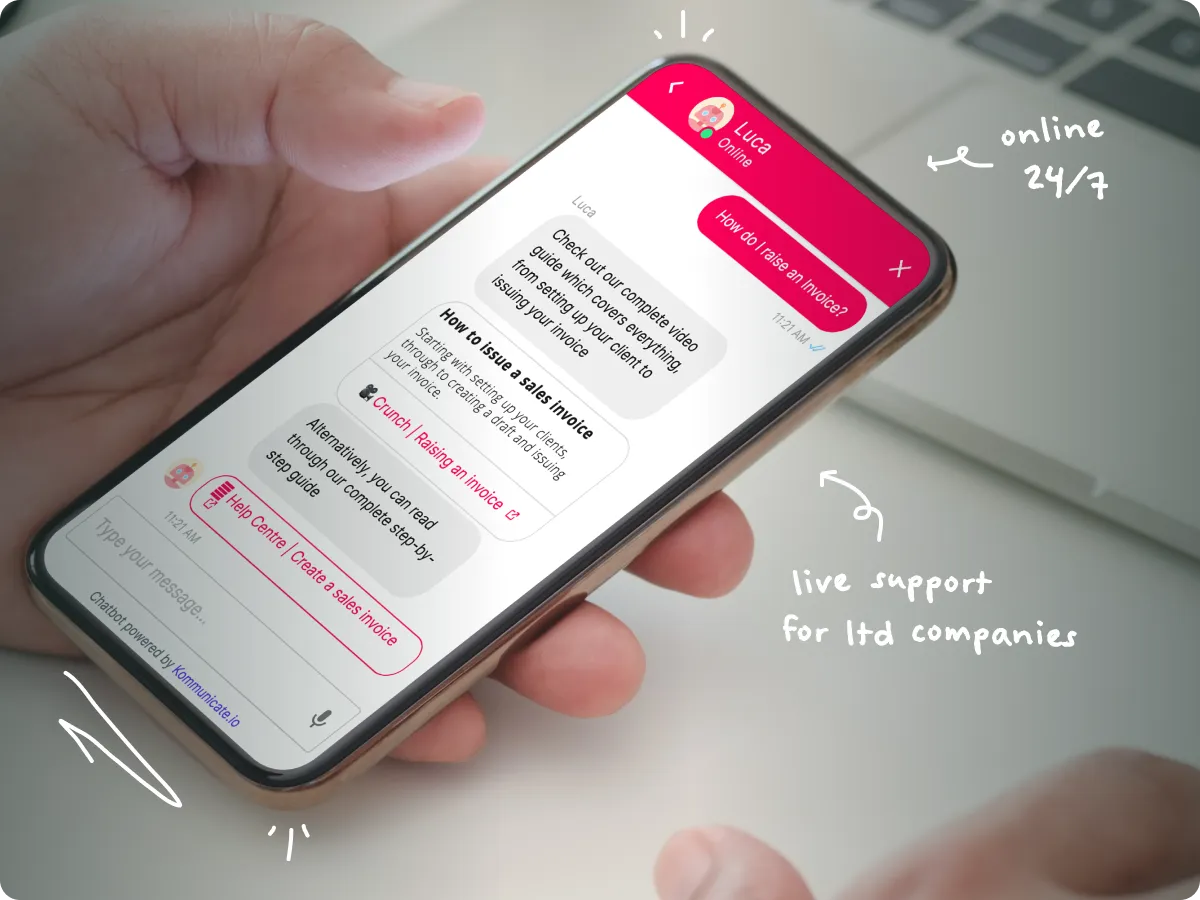Many self-employed people work alone. We take a look at what defines lone working, what businesses should do when employing lone workers, and your legal rights if you are one.
The term lone worker is used to describe any person who works “by themselves without close or direct supervision” (definition by the Health & Safety Executive). So a lone worker could be someone:
- working alone in a shop, workshop, or petrol station
- working alone in a vehicle or at their own home (doing work that’s not low-risk, office-type work)
- working separately from others for long periods of time (e.g. in factories, warehouses, and research and leisure centres)
- who are agricultural and forestry workers, engineers, estate agents, sales reps, and anyone visiting domestic and commercial premises
- who are social workers, care workers, home helps, NHS workers, and probation officers
- who work at night doing cleaning, security, or maintenance.
It doesn’t matter whether they’re employed (i.e. workers or employees) or freelancers/contractors who work alone.
It’s estimated that 22% of the UK’s working population are actually lone workers, so employers and contractors need to consider if this is an issue for them.
Types of lone worker
Public-facing workers
These are staff who work in environments where they meet and interact with the general public in various locations. These staff may not know the environment they’re entering or the background of the people they’re meeting. This brings risks of:
- Verbal and physical abuse (from clients and customers)
- Stress caused by isolation
- High-risk environments (e.g. working at height, machinery, chemicals or hazardous substances, and lifting)
- Slips, trips, falls, illness, or accidents.
Those who work at a fixed site
Fixed site locations can be high risk, such as building sites and factories, with machinery or intensive labour involved. Without supervision, what happens to a lone worker if they have an accident or become ill during their working hours?
What is the law on lone working?
At the end of 2014, national convenience store retailer McColl’s was fined £150,000 and ordered to pay £78,000 in costs for failing to do enough to protect its employees from six violent robberies at four branches. They hadn’t carried out lone-working risk assessments.
While there are no general legal restrictions on working alone, employers and contractors (for themselves and for anyone they employ/subcontract) have to consider their duty of care towards lone workers with regards to their health and safety, and what risks they may be exposed to.
Section 2 of the Health & Safety at Work Act 1974 requires employers to ensure the health, safety, and welfare at work of all their staff (including Contractors doing work for them), so far as is reasonably practicable.
Management of Health and Safety at Work Regulations 1999
Regulation 3 of the Management of Health and Safety at Work Regulations 1999 requires employers to make a suitable and sufficient assessment of the risks to the H&S of all staff (including contractors) while they’re at work. Assessments should include defining the minimum number of staff and the experience levels necessary to do the job safely. While resources and costs will be a relevant factor in making an assessment of whether there’s a need or requirement for lone-working, it shouldn’t be the sole factor.
At the end of 2014, national convenience store retailer McColl’s was fined £150,000 and ordered to pay £78,000 in costs for failing to do enough to protect its employees from six violent robberies at four branches. They hadn’t carried out lone-working risk assessments.
In 2016, KK Security and Veritas were fined £8,000 each (plus costs) in respect of a lone worker who died from carbon monoxide poisoning while at work. In 2014, Mr Iqbal was employed by KK Security Services as a security guard on a construction site (KK was sub-contracted to Veritas Security). The generator on site failed in sub-zero temperatures and Mr Iqbal made several attempts to restart it. He had asked for assistance from both KK and Veritas – both of whom failed to provide their help.
The HSE investigation found there was no system in place to protect his welfare and safety, and there was no emergency support available. In an attempt to keep warm, Mr Iqbal lit some barbeque coal in a barrow which he put in a steel container used as the site office; he was found dead by police a few hours later.
Corporate Manslaughter and Corporate Homicide Act 2007
The Corporate Manslaughter and Corporate Homicide Act 2007 cannot be ignored – the penalty is an unlimited fine. It allows companies to be accountable for deaths caused by very serious management failings.
In February 2011, the first company was found guilty of corporate manslaughter under this law, relating to an employee’s death, and was fined £385,000. Geologist Alexander Wright died in September 2008 when an unsupported 12.6ft deep trial pit that he was working in alone caved in at a development site near Stroud, Gloucestershire.
The judge said that his employer, Cotswold Geotechnical, was in gross breach of their duty to Mr Wright and described it as a “grave offence”. He explained the fine marked the gravity of the offence, but added that because the company was small, a larger fine would lead to liquidation, meaning the other four employees would lose their jobs.
In 2016, Monavan Construction Ltd pleaded guilty to two counts of Corporate Manslaughter after two men were walking home past a building site and walked across some timber boarding; the timber gave way, and they fell 3.7m into the basement. Both suffered fatal head and neck injuries. Monavan were fined £500,000 for both deaths, plus an additional £73,000 in costs.
Prior to the Corporate Manslaughter Act it was possible for a company to be prosecuted for a wide range of criminal offences including the common law offence of gross negligence manslaughter (this is still available). However, for the company to be guilty of the offence, a senior individual must also be found guilty.
The new law is wider, allowing a company to be convicted if it can be proven that there was a gross breach of duty of care by “senior management” (not just one individual).
Health and Safety policies
Employers are required to have a health and safety policy if they employ five or more workers.
If you’re a freelancer or contractor who works in a low-risk occupation and don’t employ others, you no longer have personal health and safety obligations – you can read the details here.
What should employers and contractors do?
Employers need to undertake a risk assessment before staff work alone to ensure they’ are at no greater risk than other employees. The HSE has a five-step risk assessment to help employers establish the risks:
Identify the hazards
- Employers need to undertake a risk assessment before staff work alone to ensure they’ are at no greater risk than other employees. The HSE has a five-step risk assessment to help employers establish the risks:
- Ask what the staff think (by law, employers must consult all staff on health and safety matters)
- Review previous incident reports and near misses.
Decide who might be harmed and how
- Consider who may be affected and what type of injury or ill health could occur (also consider additional risks to anyone who is young, pregnant, ill or disabled, or where English isn’t their first language). Where someone is a lone worker in their own home (whether doing a low- or high-risk job) the employer is responsible for all the equipment they provide
- Consider if hostage taking or false imprisonment is possible.
Evaluate the risks and decide on precautions
- Are any existing precautions adequate or can more be done?
- Are the risks low or acceptable?
- Are there systems in place to eliminate or reduce the risk or can control measures be put in place (there may be some tasks that are too dangerous to be carried out by a lone worker and someone else may need to be present)?
- Do staff have the skills to defuse situations?
- Do you have a policy and guidelines for visiting and dealing with clients/customers while alone?
- Do colleagues know the whereabouts of an employee in the event of a non-return to the office?
- Do staff have personal alarms, mobile phones, or panic alarms that can alert the employer to their location? Do they need personal protective equipment and clothing?
Record the findings and implement them
- Complete the risk assessment and design an action plan (employers with five or more employees must record significant findings of all risk assessments)
- Communicate this to staff.
Finally, it's recommended that you review the assessment on a regular basis and update if necessary.
Some industries do have specific laws that prohibit lone working (for example diving operations, vehicles carrying explosives, and fumigation work).
Employers should consider having a lone workers policy. Although this isn’t a legal requirement, it can promote a culture of safety among lone workers. The policy should include:
- the definition of a ‘lone worker’
- the employers' commitments
- the manager’s and employee’s responsibilities (manager – level of supervision/visits/contact/staff security systems; employee – are they competent to do the job and do they recognise when they need to seek advice elsewhere)
- how and when to report an incident and what action will be taken
- what help and support is available.
The HSE has guidance that emphasises the importance of training for lone workers and to have procedures in place to monitor lone workers. Training can be provided on risk assessment, de-fusion/de-escalation skills, first aid and emergency training, and monitoring lone work locations.
During the coronavirus pandemic in 2020, lone-working has become a big issue obviously, and in August 2020 the HSE revised their lone-working guidelines, which you can see at gov.uk.
If something does go wrong, you can read about personal injury claims and HSE statistics on fatalities and accidents here.
If you are an employer and need ongoing professional help with any staff/freelance issues then talk to Lesley at The HR Kiosk – a Human Resources Consultancy for small businesses – our fees are low to reflect the pressures on small businesses and you can hire us for as much time as you need.
Please note that the advice given on this website and by our advisors is guidance only and cannot be taken as an authoritative or current interpretation of the law. It can also not be seen as specific advice for individual cases. Please also note that there are differences in legislation in Northern Ireland.
.svg)









